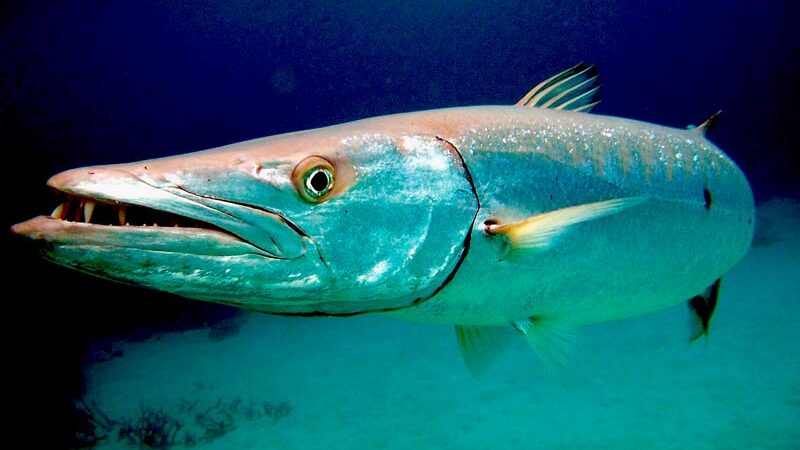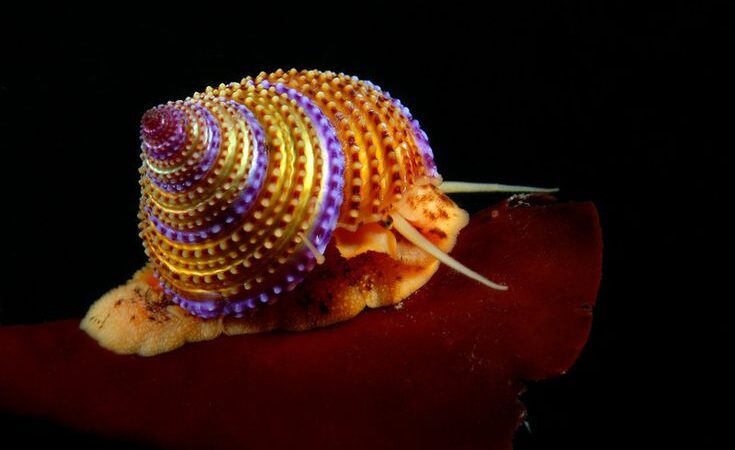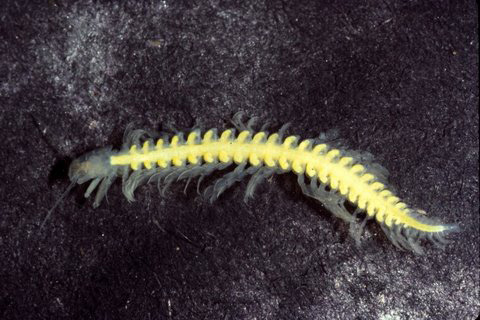Dolphins
Shelter for Animal | Dolphin | Did you know that dolphins evolved from land-based mammal animals what’s more those distant ancestors resembled wolves?
Dolphins
They were herbivorous creatures with strong jaws long skulls and hoof-like toes on their feet. Experts say that around 50 million years ago those animals eventually returned to the oceans and developed. Evolutionary adaptations include their legs evolving into flippers and their nostrils being relocated to the tops of their heads to become blowholes traces of those ancestors still exist in dolphins.
Today with the remnants of finger bones in their flippers. Dolphins don’t chew maybe they wanted their food but they can’t while dolphins have teeth they’re only used for grasping and holding onto prey. Some researchers say that the behavior is due to the animals’ need to eat fish before they can swim away. It can more easily do that by gulping down its food instead of taking the time to chew it. Those precious extra seconds might allow their meal to escape.
Hippos are the dolphin’s relative cetaceans and hippopotamuses share a common semi-aquatic ancestor that dates back around 60 million years that common ancestor branched off some 40 million years ago and spawned the ancestors of dolphins. Today the hippos are the closest living relatives of cetaceans.
Dolphins are voluntary breathers unlike land-based animals like humans dolphins have to think about breathing so far. As researchers can tell it doesn’t appear to be an autonomous function they sleep at the water’s surface with their blowhole exposed as a result. The animals are thought to spend most of their lives holding their breaths while underwater.
Are dolphins endangered?
Hector’s dolphin is the smallest dolphin species that are found globally at about four and a half feet long 1.4 meters and weighing 130 pounds or 60 kilograms. It is one of the smallest cetaceans overall. It is endemic to New Zealand a subspecies known as Maui dolphin have the same basic proportions and differentiated by the distinctive markings and shorter snouts.
Another distinction is that the Maui dolphin is critically endangered with less than 65 individuals estimated to exist factors including commercial fishing and habitat destruction that have contributed to their decline.
Do dolphins dream?
There’s still some debate about this one due to the way they sleep. Dolphins experience little in the way of rapid eye movement REM the phase in which dreams occur. It’s theorized that dolphin dreams might resemble a type of augmented reality as opposed to human dreams which are more immersive.
Some researchers think dolphin dreams would be exceptionally lucid. Since the real world is never completely shut out what do you think dolphins would dream about.
Flippers dolphins
Some species like Spinner dolphins display some real acrobatic ability by leaping some 20 feet or 6 meters into the air while leaping. It can spin more than five times before landing back in the water. Bottlenose dolphins are also known to exhibit similar behaviors experts theorize that the animals will flip or breach out of the water for several reasons. It could be to clean parasites off their bodies or to get a better view of things or maybe they just do it for the fun of it.
Dolphin facts
Did you know that dolphins have bigger brains than humans?
Their brain weighs about three and a half pounds 1.6 kilograms while the human’s brain weighs about 2.9 pounds 1.3 kilograms.
That doesn’t necessarily make them smarter than humans. Although some might argue that point but some dolphin species do possess more than twice. The neurons than we do in the neocortex that’s the largest and most recently evolved region of the brain.
Top facts about dolphins
- Estimates indicate that dolphins have more than 37 billion neurons.
- While humans have about 16 billion their brainpower is thought to account for qualities including empathy and building complex social relationships.
- The biggest dolphins are whales that may not sound right but it is accurate.
- Killer whales are the largest member of the oceanic dolphin family.
- It’s not even close also known as orcas males can measure 26 feet long which’s 8 meters.
- They weigh more than 13,000 pounds or 6 metric tons.
- They’re also one of the fastest marine mammals with top speeds clocked at 35 miles per hour or 56 km/h.
- You might know that dolphins have larger brains than humans.
- But this species has a brain that weighs upwards of 15 pounds or 7 kilograms.
- After the sperm whale, this beast has the largest brain in the entire Animal Kingdom
Dolphins communication
There’s still a debate as to whether dolphins have an actual language it is evident that they have names for one another within pods. The animals possess a signature whistle that functions as a name the vocalization is unique to a specific individual serves to identify them.
Since dolphins are highly social maybe it’s unsurprising that they’ve evolved a way to communicate and coordinate with each other in such a manner that opens the question as to whether they really do have a language that we are yet to translate do you think they speak in a type of dolphins.
Partners working relationships between humans and dolphins have been recorded since the time of ancient Rome. They were known to give rides to the ancient Greeks and even today they’re known to help humans catch fish. In Brazil, dolphins will drive schools of fish to fishermen waiting on the shore.
They’ll even give the signal for when they should cast their nets in return the Dolphins are paid with whatever fish managed to escape the nets. Dolphins have also been literal lifesavers for humans. Cases are documented where the cetaceans have protected humans from sharks or even toads stranded swimmers to shore.
In olden times the unique relationship between humans and dolphins has been documented. Since antiquity, the animals were revered by the ancient Greeks who regarded them as sacred animals in Greek myths. They were viewed as helpers of humankind and spotting them in the open seas was considered a good omen killing one was viewed as an act of sacrilege and was punished by death.
The ancient Romans also held dolphins in high esteem like the Greeks. They felt that the animals loved music unlike the Greeks the Romans sometimes depicted the cetaceans as scary and dangerous beasts.
Superior sonar & melon heads
Dolphins are renowned for their use of echolocation or sonar but did you know it’s said to be superior to bat sonar or sonar that is made for humans. They can issue clicks for sonar while simultaneously producing vocalizations for communication. It would be like a human holding two separate conversations in two different voices at the same time but while their sonar can detect an object’s size and shape.
It doesn’t seem to be able to detect fishing nets, as a result, millions of dolphins have drowned after becoming entangled. Melonheads maybe you’ve noticed that many dolphins have an area of their head that has a pronounced bulge that’s caused by an organ called the melon, which is possessed by all toothed whales and is filled with wax and liquid fat.
It functions as a sound lens to focus and modulate. The Dolphins click into a narrow sound beam while its precise purpose is still unknown. It plays a major role in communication and echolocation.
Trained dolphin
Military dolphins have given their high IQs maybe it’s not surprising to learn that dolphins have been drafted for military duties. Several countries have trained them to locate underwater mines with echolocation or to locate and help rescue stranded swimmers. There have been unsubstantiated rumors that the animals have been trained for more lethal purposes.
In addition to seeking Minds, they may have allegedly been trained to lay them as well other stories involve dolphins being trained to seek out and destroy enemy submarines in kamikaze-style attacks the US Navy Marine Mammal program is known to train dolphins and sea lions for purposes of harbor and ship protection.
The Soviet Navy had its own marine mammal program which was thought to have been closed in the early 1990s in 2000. There were reports that dolphins trained to kill had been sold to other nations for its part. The US Navy denies that their animals have ever been trained to harm humans or to carry weapons.
Dolphins vs Sharks
Swimming with sharks for the most part dolphins have few marine predators but some smaller species can be threatened by sharks including the great wide tiger and bull sharks marine. Biologists have noted that when the cetaceans are attacked by sharks, they can quickly recover from the injury.
Extreme damage is rapidly fixed and even the deepest wounds don’t cause excessive hemorrhaging as gaping wounds are repaired. The animal’s body structure is restored and infection is rare for now. It’s still unknown exactly how this healing mechanism works but other methods of overcoming shark attacks include dolphins using sophisticated combat moves and teaming up to repel sharks.
Sleepless cetaceans
Dolphins cannot breathe involuntarily that brings up an interesting question of how can they sleep without drowning as it turns out. They do so with one eye open literally. They can stay awake for weeks on end through a process identified as unihemispheric sleep. It basically means that one half of their brain is resting while the other half stays active.
When the right side of the brain is awake the right eye is alert and open and vice versa the two hemispheres switch back and forth to ensure the brain is fully rested. It ensures that the dolphin surfaces for air and stays aware of predators. Overall the process takes about two hours for each side or four hours total as an added precaution. The Dolphins rarely sleep without others nearby research has shown that dolphins can stay awake for weeks on end.
Reference: Wikipedia, Britannica









